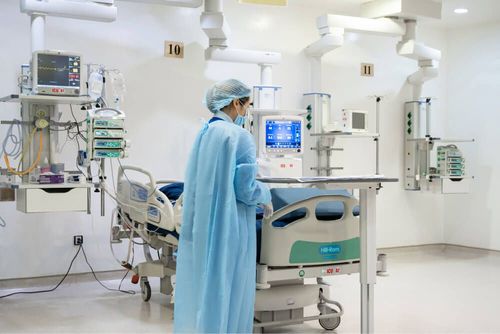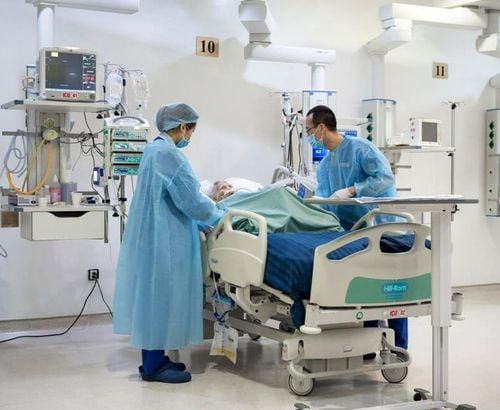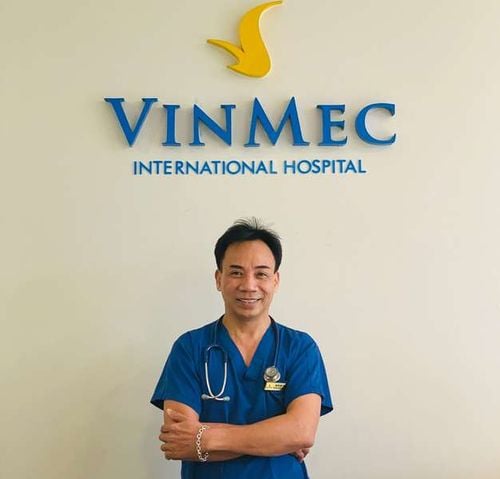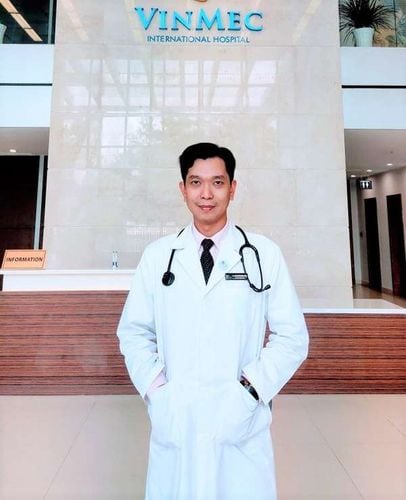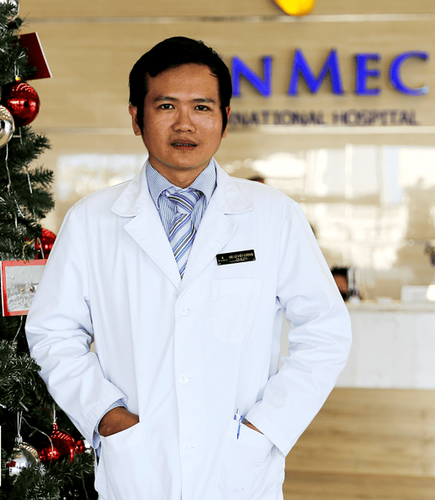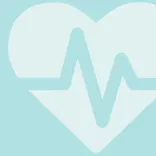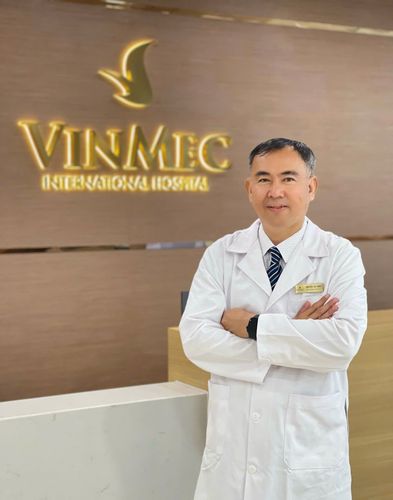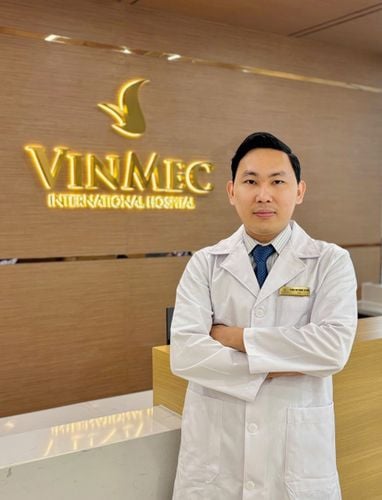Nội dung bạn đang tìm kiếm không có phiên bản tiếng Việt.
Vui lòng chọn tiếp tục để xem nội dung tiếng Anh hoặc đi đến trang chủ Tiếng Việt.
Rất xin lỗi về sự bất tiện này.

Every day of the year, including weekends and holidays
- Our team of doctors and medical staff are well-trained and specialized in many areas of emergency treatment, including emergency resuscitation – with ACLS (Advanced Cardiovascular Life Support), PALS (Pediatric Advanced Life Support), and FCCS certification. We keep update with the latest emergency protocols and techniques (such as E-PCR, etc.) to respond as effectively and swiftly as possible in all situations.
- A team of professional medical receptionists and multilingual interpreters (fluent in English, French, Korean, Japanese, Russian, Chinese ….) effectively support the ER/Emergency Department.
- All ambulances are ready to act immediately upon request and contain all vital equipment, such as professional ventilator systems, vital signs monitoring equipment, AEDs (defibrillators), portable hospital beds for standard and multiple trauma needs, and so forth.
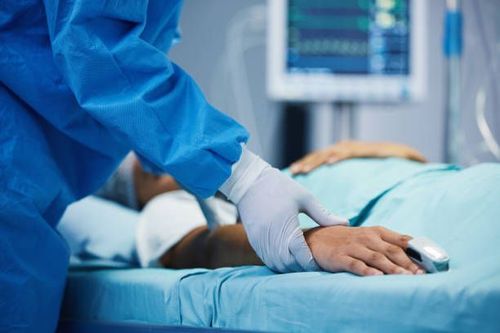
- Patients are accurately assessed and classified according to the Australasian Triage Scale (ATS) at the ER – Poison Control Department, where appropriate emergency measures are applied.
Patients requiring intensive care/in critical condition are delivered to ICU (Intensive Care Unit) with the coordination of many specialists (Team-Based Care) at the immediate time of admission, ensuring the optimal pathway to stable status. - The department has full emergency functionality and treatment capabilities for areas of medical specialization, such as Internal medicine, General Surgery, Obstetrics, and Pediatrics.
- Vinmec Emergency Resuscitation Department is also in charge of intensive resuscitation for multi-organ failure such as: respiratory failure, circulatory failure, acute liver failure, acute kidney failure, neurological resuscitation and brain protection, etc., as well as post-surgery resuscitation and severe cases requiring specialized treatment such as: post-stroke, severe trauma, elderly people with severe illness, and so forth.
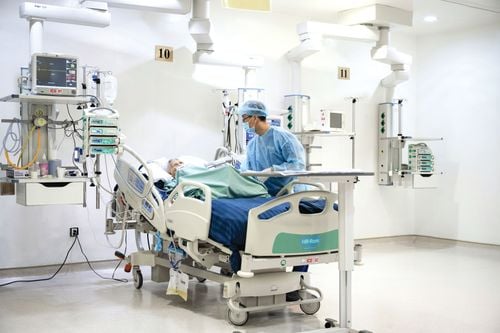
These specialized services are carried out according to international standards, particularly the US standards, with a core practice model derived from the Mayo Clinic (US) CERTAIN model, Multidisciplinary Round model, and supported by programs ensuring professional competency, such as FCCS, BLS, ACLS, PALS, CATC, among others. Annual capacity audits are conducted to continually enhance the quality of intensive care operations.
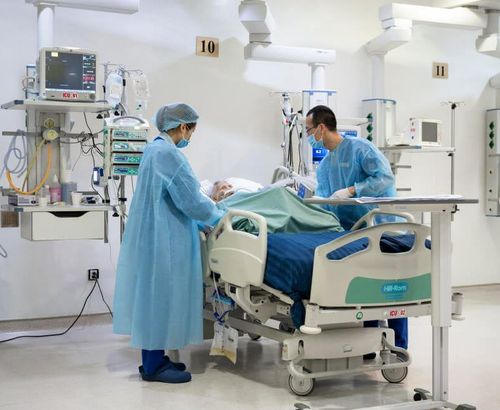
Rapid Response Team (RRT)
Early detection of signs of acute changes at im-patients, and remote prevention of unwanted circulatory arrest (code blue triggers), departments may require RRT support to access and offer early intervention if the patient is indicated as needing intervention.
Multidisciplinary ICU rounds
The Core team (including doctors & nurses in emergency resuscitation - rehabilitation - nutrition - clinical pharmacy) examines ICU patients daily. Therefore, a daily comprehensive care treatment plan is discussed and agreed upon to achieve highly effective and safe treatment for the patient.
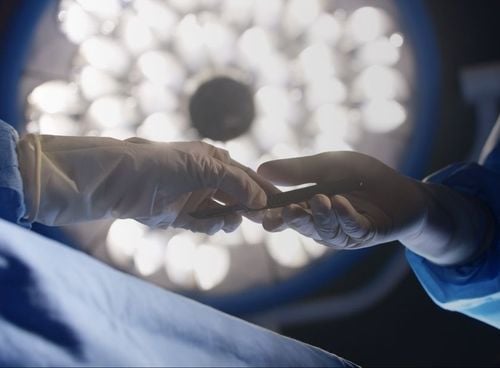
Early detection and management of sepsis in hospitals and emergency rooms (Sepsis bundle)
Early recognition of warning signs that can be ambiguous when a patient has sepsis/undergoes septic shock and requires timely treatment, helping to circumvent severe septic shock developments, multi-organ failure, etc.

Early detection and management of sepsis in hospitals and emergency rooms (Sepsis bundle)
Early recognition of warning signs that can be ambiguous when a patient has sepsis/undergoes septic shock and requires timely treatment, helping to circumvent severe septic shock developments, multi-organ failure, etc.

Telemedicine in Emergency Resuscitation (eICU or teleICU)
Telemedicine allows us to synchronize the quality of treatment across hospitals among Vinmec Healthcare System in the field of emergency resuscitation.
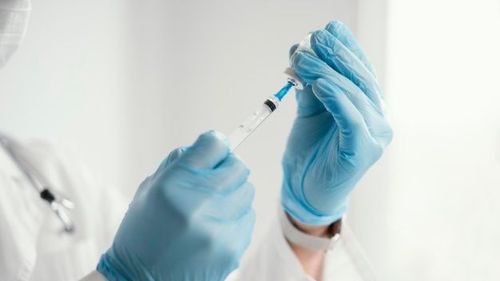
Services encompass crucial time-sensitive interventions such as trauma care, acute stroke care, acute coronary syndrome care, acute respiratory distress syndrome management, acute circulatory failure management, and expedited inter-hospital emergency transfers. A proficient team comprising trained physicians, nurses, and drivers, undergoes systematic training following the standards set by the American Heart Association (AHA), including certifications such as Basic Life Support (BLS), Advanced Cardiac Life Support (ACLS), Pediatric Advanced Life Support (PALS), among others.
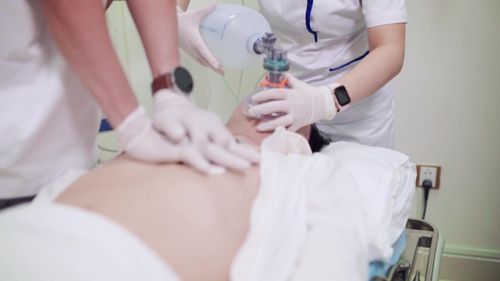
Services encompass acute care interventions for critical and urgent conditions, including acute stroke care adhering to European (Angles) and American (JCI) standards, acute coronary syndrome care following American College of Cardiology (ACC) guidelines, advanced trauma care in alignment with Collaborative Advanced Trauma Care (CATC) standards, sepsis/septic shock management as per the international Surviving Sepsis Campaign (SSC) – sepsis bundle, acute kidney injury screening and management based on US standards, and emergency interventions for respiratory failure, circulatory failure,
acute gastrointestinal bleeding, obstetric emergencies, urological emergencies, and more.
- Respiratory intensive care for lung injuries, progressive acute respiratory distress syndrome (ARDS), acute pulmonary edema (both cardiac and non-cardiac causes), severe exacerbations of chronic obstructive pulmonary disease (COPD), severe acute pulmonary embolism, acute exacerbation of bronchial asthma, and more.
- Advanced circulatory intensive care for cases of circulatory failure, severe shocks (cardiogenic, septic, obstructive, hypovolemic, etc.), acute coronary syndrome, severe acute myocarditis, severe acute pulmonary embolism, and other related conditions.
- Multi-organ failure intensive care: encompassing management of liver, kidney, circulatory, neurological, digestive, and hematological disorders.
- Neuro-critical care for traumatic brain injuries: acute stroke cases, post-cardiac arrest brain protection, and related conditions.
- Organ transplant intensive care: covering liver transplantation, acute liver failure, kidney transplantation, and associated interventions.
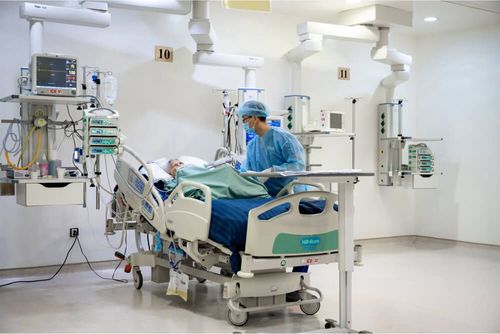
- A system of separate emergency rooms, specific to each type of specialty: Pediatrics, Obstetrics and Gynecology, Trauma, Cardiology, and Stroke.
- The negative pressure system meets isolation requirements in the following situations: Isolated surgical resuscitation (organ transplant), medical resuscitation or cases of airborne diseases, neuropsychiatric isolation room, and emergency observation facility.
- Separated emergency facilities for pediatrics and obstetrics
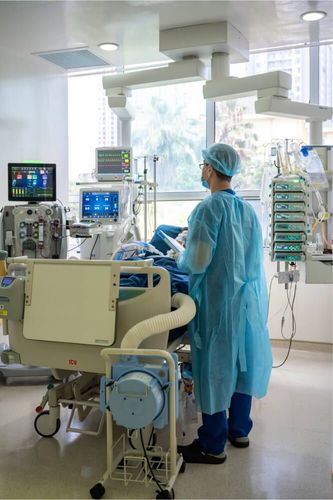
- Premium Ventilator
- Non-invasive ventilator
- Mobile ventilator
- HFNC ventilator
- Portable ultrasound machine
- Rapid blood gas analyzer/ Rapid biochemistry analyzer
- Tracheal Tube-Mounted Camera Assisted Intubation
- Automated external defibrillator
- Paced 2-phase synchronous defibrillator with real-time compression quality feedback
- Hydraulic hospital bed
- Drilling and placing the transmission line in the bone
- Blood and fluid warmers
- Ultrasonic Nebulizer
- Mini Oximeter Oxygen Saturation Monitor
- Portable suction machine
- Air-travel inflatables
- Full of emergency–resuscitation medicine
- The most modern and international standard ambulances in Vietnam today, fully integrated with state-of-the-art emergency facilities:
- Movable ventilators for adults and children; a system of three types of stretchers specialized for each situation; negative pressure patient compartment, ensuring safety in case of transporting infectious patients, etc.
-
MSc, MD, DoctorResuscitation - Emergency department
-
Resident Doctor,Resuscitation - Emergency department
-
MSc, MD, DoctorResuscitation - Emergency department
-
Ph.D, MD, DoctorResuscitation - Emergency department
-
Resident Doctor,Resuscitation - Emergency department
-
MSc, MD, DoctorResuscitation - Emergency department
-
MSc, MD, DoctorResuscitation - Emergency department
-
MSc, MD, DoctorResuscitation - Emergency department
-
MSc, MD, DoctorResuscitation - Emergency department
-
Specialist Level 2 Doctor, SpecialistResuscitation - Emergency department
-
MSc, MD, DoctorResuscitation - Emergency department
-
Specialist Level 1 Doctor, MD, DoctorResuscitation - Emergency department
-
Specialist Level 2 Doctor, SpecialistResuscitation - Emergency department
-
MSc, MD, DoctorResuscitation - Emergency department
-
MSc, MD, DoctorResuscitation - Emergency department
-
Specialist Level 2 Doctor, SpecialistResuscitation - Emergency department
-
Ph.D, MD, DoctorResuscitation - Emergency department
-
MSc, MD, DoctorResuscitation - Emergency department
-
MSc, MD, DoctorResuscitation - Emergency department
-
Specialist Level 1 Doctor, SpecialistResuscitation - Emergency department
-
Specialist Level 2 Doctor, SpecialistResuscitation - Emergency department
-
MD, DoctorResuscitation - Emergency department
-
Specialist Level 2 Doctor, SpecialistResuscitation - Emergency department
-
Specialist Level 1 Doctor, SpecialistResuscitation - Emergency department
-
Specialist Level 1 Doctor, SpecialistResuscitation - Emergency department
-
MD, DoctorResuscitation - Emergency department
-
MSc, MD, DoctorResuscitation - Emergency department
-
MSc, MD, DoctorResuscitation - Emergency department
-
Specialist Level 2 Doctor, SpecialistResuscitation - Emergency department
-
MD, DoctorResuscitation - Emergency department
-
MSc, MD, DoctorResuscitation - Emergency department
-
MSc, MD, DoctorResuscitation - Emergency department
-
Specialist Level 2 Doctor, SpecialistResuscitation - Emergency department
-
Specialist Level 1 Doctor, SpecialistResuscitation - Emergency department
-
MSc, MD, DoctorResuscitation - Emergency department
-
MSc, MD, DoctorResuscitation - Emergency department
-
MSc, MD, DoctorResuscitation - Emergency department
-
MSc, MD, DoctorResuscitation - Emergency department
-
MSc, MD, DoctorResuscitation - Emergency department
-
MSc, MD, DoctorResuscitation - Emergency department
-
Specialist Level 1 Doctor, DoctorResuscitation - Emergency department
-
Specialist Level 2 Doctor, DoctorResuscitation - Emergency department
-
MSc, MD,Resuscitation - Emergency department
-
Specialist Level 1 Doctor, DoctorResuscitation - Emergency department
-
MSc,Resuscitation - Emergency department
-
Specialist Level 1 Doctor,Resuscitation - Emergency department
-
Specialist Level 1 Doctor,Resuscitation - Emergency department
-
Specialist Level 1 Doctor, DoctorResuscitation - Emergency department
-
Specialist Level 1 Doctor, DoctorResuscitation - Emergency department



